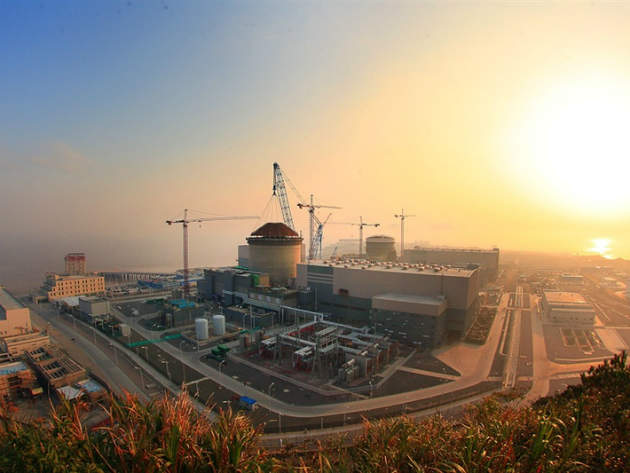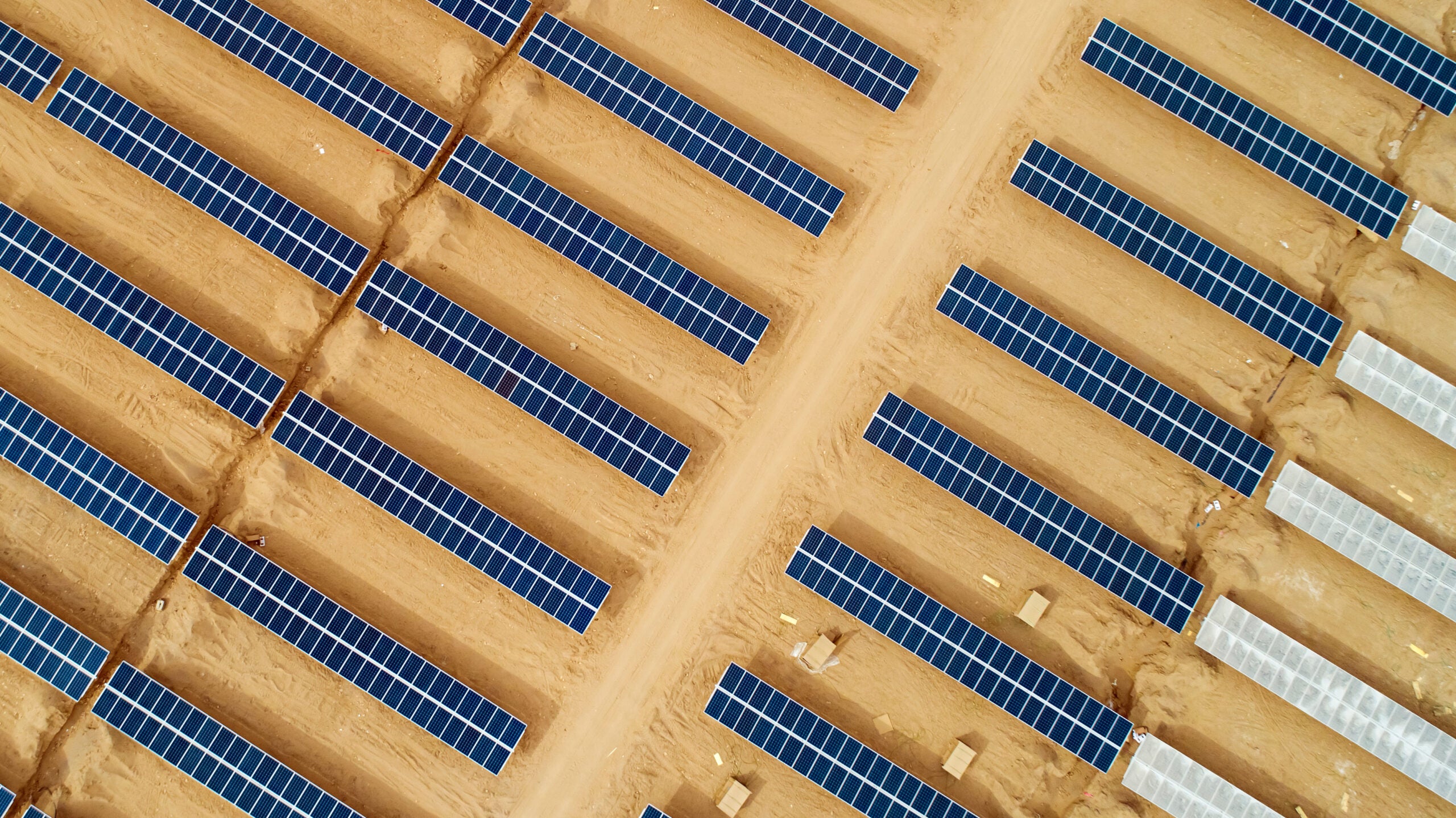

Amid heightened geo-political tension between India and Pakistan, US Secretary of State John Kerry used the occasion of the second India-US Strategic and Commercial Dialogue in New Delhi in August to reiterate US support for India’s early entry into the influential Nuclear Suppliers Group (NSG).
How well do you really know your competitors?
Access the most comprehensive Company Profiles on the market, powered by GlobalData. Save hours of research. Gain competitive edge.

Thank you!
Your download email will arrive shortly
Not ready to buy yet? Download a free sample
We are confident about the unique quality of our Company Profiles. However, we want you to make the most beneficial decision for your business, so we offer a free sample that you can download by submitting the below form
By GlobalDataFormed in 1974, NSG comprises 48 nations and aims to stop nuclear proliferation by controlling the export of materials, equipment and technology that can be used to assemble nuclear weapons.
Kerry also confirmed that Westinghouse and the Nuclear Power Corporation of India (NPCIL) will push forward with plans to construct six AP1000 pressurised water reactors (PWR) at Kovvada in Andra Pradesh on India’s south-eastern coast, financed by India and the US Export-Import Bank.
“We have agreed now to move forward on six Westinghouse nuclear reactors,” Kerry stated. “Our civil nuclear cooperation will bring affordable, clean energy to tens of millions of Indian households as we move closer in the use of safe, modern, latest-generation modular nuclear power.
“This is a discussion that, because of India’s size, represents more than one-sixth of humanity. That is an important discussion by definition. That is why President Obama made the US-India relationship such a high priority for him and I’m sure it is why Prime Minister Modi did the same,” he added.
“I thank Secretary Kerry for his continued US support of India’s membership of the Nuclear Suppliers Group and permanent membership of the UN Security Council,” said India’s External Affairs Minister Sushma Swaraj. “We both agreed that India’s enhanced global role is in the mutual interest.”
Power struggle: NSG and nuclear non-proliferation treaty explained
Such public declarations of commercial and strategic accord have inevitably strained the long-term strategic alliance between the US and the Pakistan Government under Prime Minister Nawaz Sharif.
According to the Karachi-based Express Tribune, Pakistan is upset at the US decision to aggressively campaign for India while ignoring Islamabad’s formal application for membership of the NSG in June.
Pakistan’s national security adviser Nasser Janjua alleged that US efforts to include India in the NSG were part of a “greater design” and should be seen in the context of “global power politics trends”.
The goal, he said, was to contain China – recent trade relations between the US and the world’s second-largest economy have been marked by strains and warnings over economic and security issues − and prevent the resurgence of Russia, a move that Pakistan fears could disturb strategic balance, trigger a new arms race in South Asia, and ultimately bring Pakistan closer to China.
Unlike India, all NSG members are signatories of the 1970 nuclear non-proliferation treaty (NPT). However, a safeguard agreement approved by the International Atomic Energy Agency and a round of bilateral nuclear cooperation deals −including the landmark 2008 US-India nuclear cooperation agreement − have reinvented India as a major player in the international nuclear marketplace.
At the first plenary session of the Nuclear Security Summit in South Korea, China was the only NSG member nation to block India’s bid for membership on the grounds that it had failed to sign the NPT.
In July, External Affairs Minister Sushma Swaraj restated that India would never put its name to the treaty which only permits five nuclear superpowers – the US, [former] USSR, Britain, France and China – to test, produce, develop or deploy nuclear weapons. Israel and Pakistan are also yet to sign the NPT.
Core assets: inside the AP1000 pressurised water reactor
As politicians play out their agendas, Westinghouse and NPCIL are to begin engineering and site-design work for the six AP1000s in Andra Pradesh, with contract completion due in June 2017.
Kovvada had been earmarked for the GE Hitachi economic simplified boiling water reactor (ESBWR) units, but this was changed after India's Department of Atomic Energy refused to support the construction of any reactor without a reference plant already licensed by an established regulator. No ESBWR has yet been built, whereas eight AP1000s are under construction in China and the US.
Unlike ESBWRs, PWRs generate pressure in the primary coolant loop that prevents water from boiling within the reactor. Marketed as the most advanced commercially available nuclear power plant, the AP1000 can cool the hot reactor core for days without electricity or human operation.
Boasting a 157-fuel-assembly core, a gross power rating of 3,415MW thermal (MWt) and a nominal net electrical output of 1,110MW electric (MWe), the AP1000 is optimised for new baseload generation. Simplified safety and operating systems, construction techniques, and control room and instrumentation systems make the AP1000 less expensive to build, operate and maintain.
Safety margins for the AP1000 have been increased dramatically over currently operating plants.
The reactor vessel and internals, steam generator, fuel and pressuriser designs are superior to those currently found in Westinghouse-designed PWRs. For example, the reactor contains canned-motor coolant pumps, the type used in many industrial applications where reliability and long life are key.
Altered states: US nuclear power vs renewables and natural gas
The deal between Westinghouse, a unit of Toshiba Corporation, marks a significant step forward in resolving obstacles to the sale of nuclear reactors and fuel to India; it is also a major coup for the US nuclear technology supplier at a time when support for nuclear power on US soil is diminishing.
Unable to compete on price with increasingly reliable renewable energy sources such as wind and solar, as well as abundant natural gas generated by the US shale gas revolution, the nation's nuclear reactors have an average age of 35 years and only produce around 60% of its low-carbon electricity.
Just four reactors are under construction in the US and one new reactor − conceived in the 1970s and taking decades to complete − opened at the Tennessee Valley Authority's Watts Bar power plant in Tennessee in 2015. In all, 19 nuclear reactors are undergoing decommissioning, of which five have been shutdown in the past decade, according to data from the US Nuclear Regulatory Commission.
"We think that the costs of new nuclear right now are not competitive with other zero-carbon technologies, renewables and storage that we see in the marketplace," was the damning verdict given by Joe Dominguez, executive vice-president of leading US nuclear power company Exelon, earlier this year. “Right now we just don't have any plans on the board to build any new reactors."
With nuclear power unpopular at home, the Westinghouse / NPCIL collaboration could be the first of many commercial deals abroad as the US looks to counterbalance China and Russia by developing closer diplomatic ties with India, the world’s largest democracy and its seventh-largest economy.




